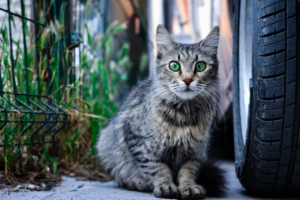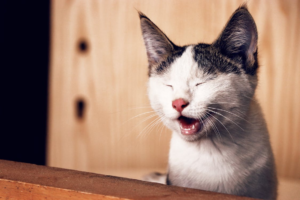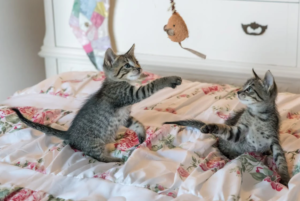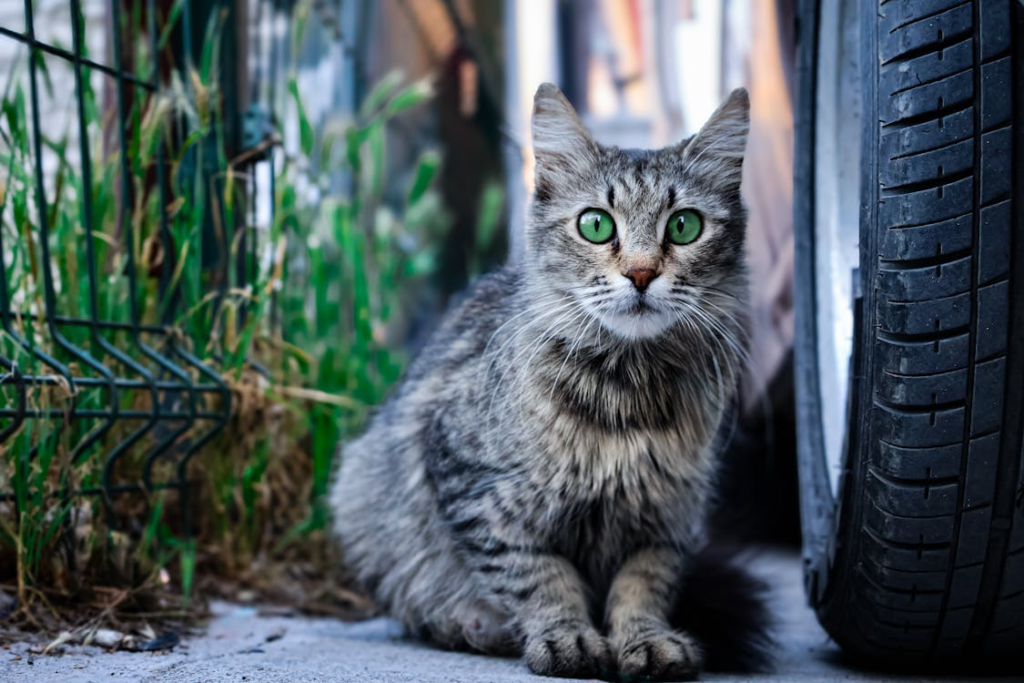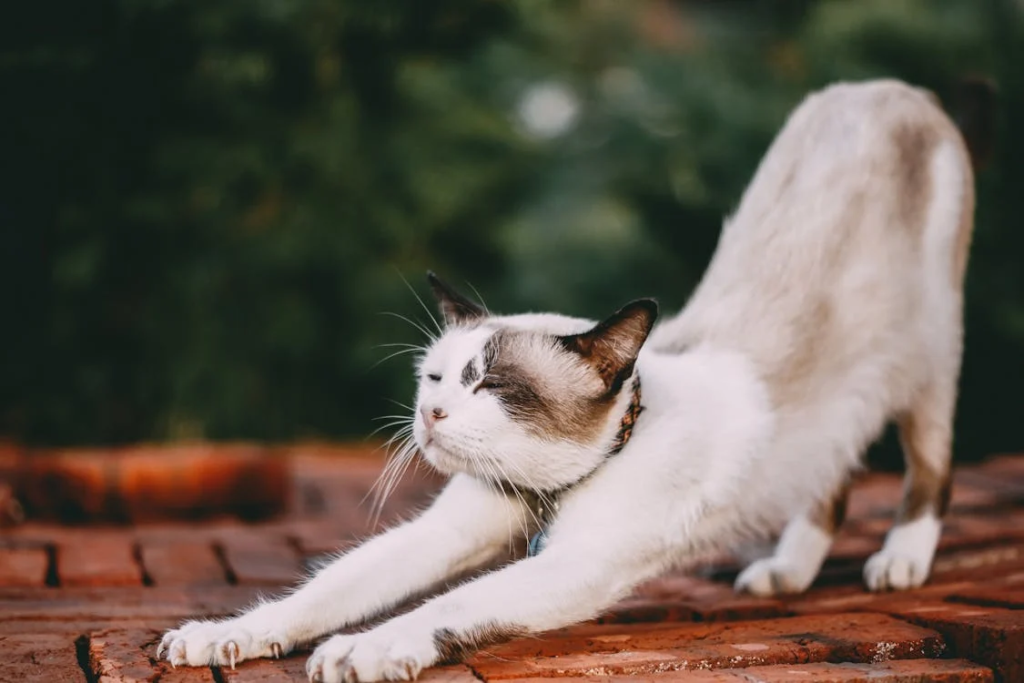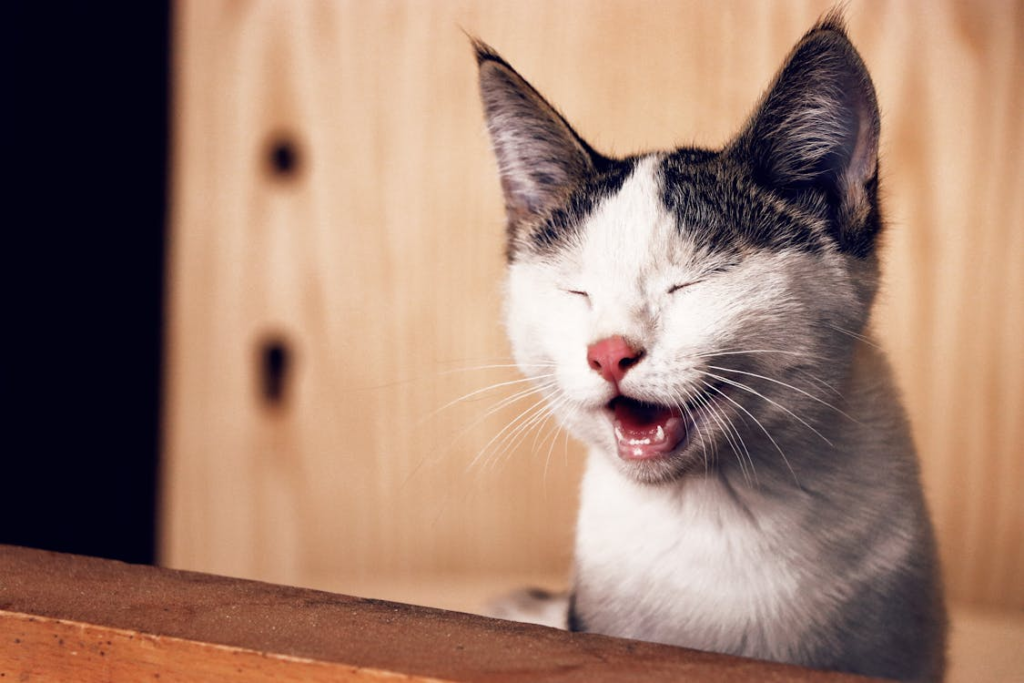Managing diabetes in cats can be challenging, but choosing the right food plays a crucial role in keeping your feline friend healthy. In this comprehensive guide, we’ll explore the best food options for cats with diabetes, diving deep into nutritional needs, recommended ingredients, and top product choices to help your diabetic cat thrive.
Before we jump into specific food recommendations, it’s essential to understand how diabetes affects cats and why nutrition is so important in managing this condition.
What is Feline Diabetes?
Feline diabetes, or diabetes mellitus, is a condition where a cat’s body either doesn’t produce enough insulin or can’t use it effectively. This leads to high blood sugar levels, which can cause various health problems if left untreated.
The Role of Diet in Managing Feline Diabetes
Diet plays a crucial role in managing feline diabetes for several reasons:
- Blood sugar control: The right diet can help regulate blood glucose levels, reducing spikes and crashes.
- Weight management: Many diabetic cats are overweight, and a proper diet can aid in weight loss or maintenance.
- Nutrient balance: Diabetic cats have specific nutritional needs that the right food can address.
Key Nutritional Considerations for Diabetic Cats
When choosing food for a diabetic cat, keep these factors in mind:
- Low Carbohydrates
Cats are obligate carnivores, meaning their bodies are designed to process primarily protein and fat. For diabetic cats, a low-carbohydrate diet is crucial. Aim for foods with less than 10% carbohydrates on a dry matter basis. - High Protein
Protein helps maintain muscle mass and provides essential amino acids. Look for foods with at least 40% protein on a dry matter basis. - Moderate Fat Content
Fat provides necessary energy and helps with nutrient absorption. Aim for foods with 10-20% fat content. - Fiber
While not a significant part of a cat’s natural diet, some fiber can help slow down glucose absorption and promote digestive health. Look for foods with 3-5% fiber. - Moisture Content
Wet food is generally preferable for diabetic cats due to its higher moisture content, which aids in hydration and can help with weight management.

Top Food Choices for Diabetic Cats
Based on these nutritional guidelines, here are some of the best food options for cats with diabetes:
1. Wet Food Options
a) Purina Pro Plan Focus Urinary Tract Health Formula Canned Cat Food
- High in protein, low in carbohydrates
- Helps maintain urinary health, which is important for diabetic cats
- Contains added vitamins and minerals
b) Hill’s Prescription Diet m/d Glucose/Weight Management Canned Cat Food
- Specifically formulated for diabetic cats
- High protein, low carb formula
- Helps with weight management
c) Royal Canin Veterinary Diet Glycobalance Morsels in Gravy Canned Cat Food
- Designed to help regulate blood glucose levels
- Contains a blend of fibers to help slow glucose absorption
- High-quality protein sources
2. Dry Food Options (if necessary)
While wet food is generally preferable, some cats prefer dry food. If using dry food, consider these options:
a) Blue Buffalo Wilderness Indoor Chicken Recipe Grain-Free Dry Cat Food
- High protein, grain-free formula
- Contains LifeSource Bits with antioxidants and vitamins
- Lower in carbohydrates compared to many dry foods
b) Merrick Purrfect Bistro Grain-Free Healthy Weight Recipe Dry Cat Food
- Helps with weight management
- Contains probiotics for digestive health
- Made with high-quality protein sources
Homemade and Raw Diet Options
Some pet owners prefer to prepare homemade or raw diets for their diabetic cats. While this can be beneficial, it’s crucial to consult with a veterinary nutritionist to ensure the diet is balanced and meets all of your cat’s nutritional needs.
Feeding Tips for Diabetic Cats
- Consistency is key: Feed your cat at the same times each day to help regulate blood sugar levels.
- Monitor portion sizes: Overfeeding can lead to weight gain and complicate diabetes management.
- Avoid free-feeding: Measure out meals instead of leaving food available all day.
- Consider puzzle feeders: These can slow down eating and provide mental stimulation.
- Always provide fresh water: Proper hydration is crucial for diabetic cats.
When to Consult Your Veterinarian
While diet is a crucial aspect of managing feline diabetes, it’s not the only factor. Regular check-ups with your veterinarian are essential. Consult your vet if you notice:
- Changes in water consumption or urination habits
- Sudden weight loss or gain
- Lethargy or changes in behavior
- Loss of appetite
Your vet may need to adjust your cat’s insulin dosage or make other treatment recommendations based on these symptoms.
Conclusion
Managing diabetes in cats requires a multi-faceted approach, with diet playing a central role. By choosing high-protein, low-carbohydrate foods and maintaining consistent feeding habits, you can help your diabetic cat lead a healthier, happier life. Remember, every cat is unique, so work closely with your veterinarian to find the best dietary plan for your feline friend.

